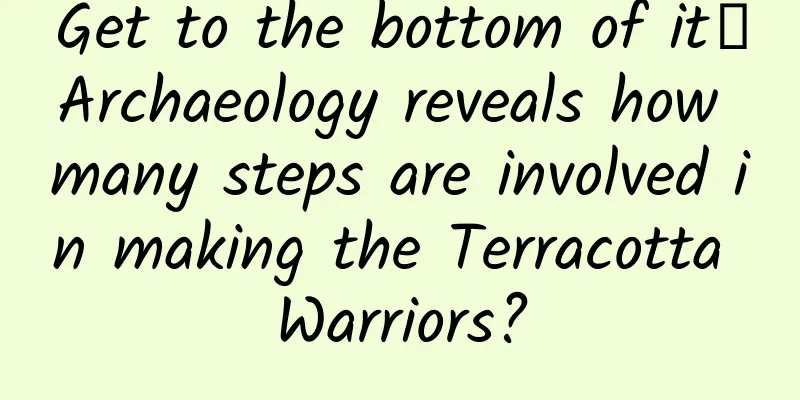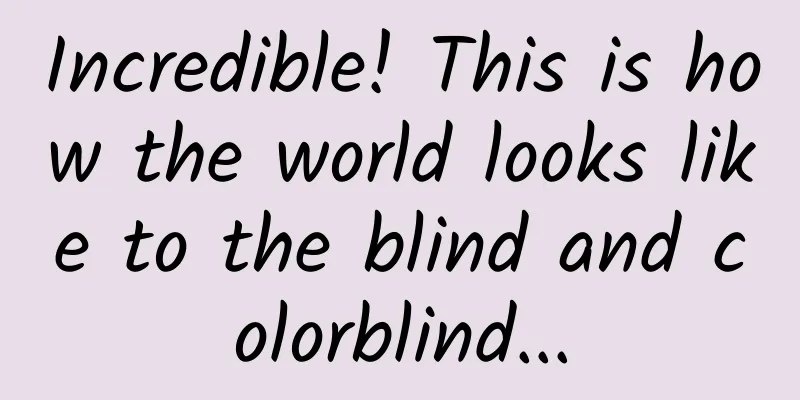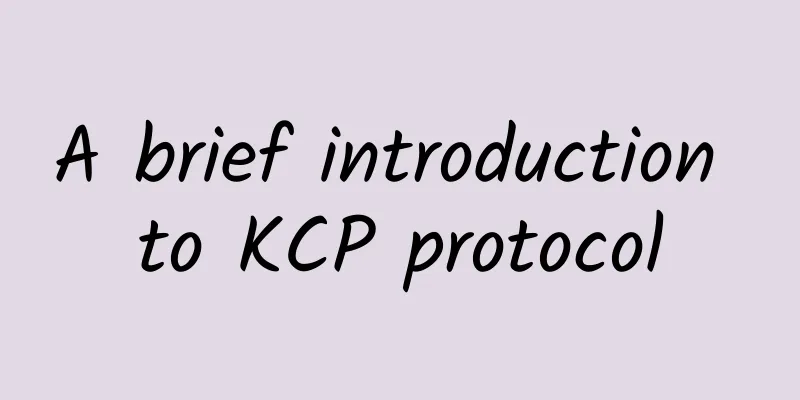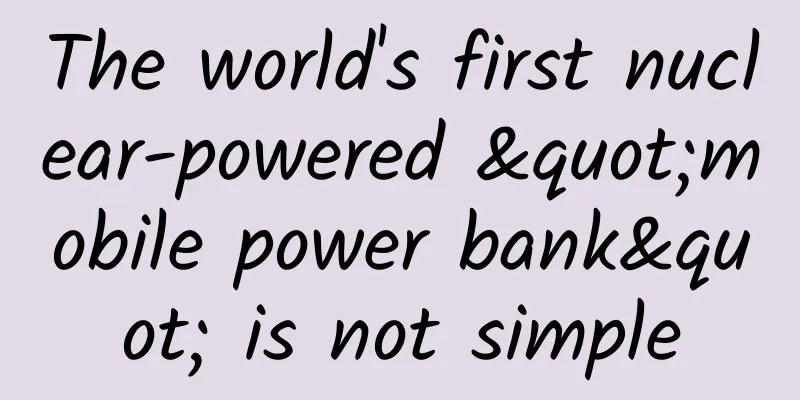Get to the bottom of it丨Archaeology reveals how many steps are involved in making the Terracotta Warriors?

|
Armed with weapons and sharp weapons, sweeping across the world, buried deep underground for more than 2,000 years, they have brought endless shock to the world. In the past two days, the latest archaeological findings of Qin Shihuang Terracotta Warriors and Horses Pit No. 1 have been released, and the mystery of what weapons the Qin army used and how they deployed their troops has been initially solved. In fact, this archaeological excavation has solved far more mysteries of the Terracotta Warriors and Horses than this. How were the Terracotta Warriors with thousands of faces and figures made? How did they ensure the quality of each of the huge Terracotta Warriors? Why did some of the terracotta warriors become fragments when buried deep underground? How did the cultural relics workers reassemble and repair them after they were unearthed? Let's take a look. What is the production process of Qin Terracotta Warriors? The excavation of the Terracotta Warriors and Horses Pit No. 1 has further clarified the production process of the terracotta warriors. How were each soldier in this huge underground army made? Shen Maosheng, a researcher at the Qin Shi Huang Mausoleum Museum: During the excavation, we noticed that many of the terracotta warriors had broken arms. There were traces of ancient people gluing them together. Why did they do that? They first made the large pieces and then began to carve the details of the armor. After the armor was carved, they attached the arms, so the armor below could be made. Since their discovery in 1974, after nearly 50 years of excavation, restoration and research, Qin Terracotta Warriors archaeological experts have determined that the terracotta warriors in the mighty army formation were first shaped using the mud strip coiling method, and then completed using a combination of molding and sculpting techniques. The heads and hands of the soldiers were made separately. After being carefully carved, the hands were inserted into the cuffs and the heads were inserted into the collar. Since the heads were also made large first, and then the facial features were carefully carved, they present thousands of different faces. From the body to the facial expressions, the details are in place, making the Qin Terracotta Warriors full of personality and spirit, becoming an artistic model of realism in ancient my country. Combined with the various phenomena discovered in the third archaeological excavation, archaeological experts now believe that the arms of the terracotta warriors were also made separately. After the torso of the terracotta warriors was covered with fine mud for the second time and the detailed carvings including armor were completed, the arms were glued on. The production process of the Qin Terracotta Warriors has been further clarified. Ensure that quality responsibility is assigned to individuals What is the system of “marking the name of the craftsman on the object”? The terracotta warriors of Qin Dynasty have thousands of different faces, which has brought endless shock to the world. This is inseparable from the "marking the name of the craftsman on the object" system followed in the production of pottery figurines. What is the "marking the name of the craftsman on the object" system? How did they ensure the quality of the huge number of Qin Shihuang Terracotta Warriors and Horses? When faced with the surviving Qin Terracotta Warriors, the names of the makers are found on the artifacts. With this method of "going down in history", modern people can see people through objects and gain insight into history. This is due to the system of "marking the names of craftsmen on objects". "Lüshi Chunqiu" records that the names of craftsmen are engraved on objects to test their sincerity. If the work is not done properly, they must be punished to investigate the situation. That is to say, the names of the responsible persons or craftsmen must be engraved on the produced objects, and specific people are responsible for inspecting the workmanship quality. If the quality inspection does not meet the standards, they will be punished accordingly. It is reported that as early as 1978, when the No. 1 pit was excavated, more than 20 bronze weapons with inscriptions were cleared. The front of this bronze dagger is engraved with "Made by Prime Minister Lü Buwei in the third year, by Temple Worker Yi, Prime Minister Yi, and Worker Xi". Archaeological experts believe that it means that it was made by Prime Minister Lü Buwei in the third year of Qin Emperor Yingzheng. Xi is the name of the craftsman who made this weapon. Objects with the name of the craftsman engraved on them have also become an important basis for archaeological experts to judge that the Terracotta Warriors belong to the Qin Shihuang period. Shen Maosheng, a researcher at the Qin Shihuang Mausoleum Museum: During the excavation, we found some terracotta warriors and horses that had traces of repairs during the Qin Dynasty. For example, if a leg was broken, they would apply a little mud, wrap it with linen, and then paint it on the outside, so you can't see it. How could this happen? Later we analyzed that although it is a system of engraving the name of the craftsman on the object, in fact you have to consider its purpose. So we think that this system of engraving the name of the craftsman on the object has its flexibility and is not so rigid, but the requirements for weapons are very strict. In Shen Maosheng's opinion, there is no need to identify the names of the craftsmen too much, as there are differences in craftsmanship among the terracotta warriors made by different craftsmen. Experts said that the huge Qin Shihuang Mausoleum area took 39 years to build and mobilized more than 700,000 people, leaving behind "the world's largest archaeological reserve" for future generations. From objects to people, the third archaeological excavation of the Qin Terracotta Warriors Pit No. 1 has also opened a new window to explore the world of craftsmen more than 2,200 years ago. What kind of disaster did you go through? The Terracotta Warriors are broken into pieces? From the 1970s to the present, the Qin Terracotta Warriors Pit No. 1 has undergone three archaeological excavations, and the unearthed terracotta warriors are almost all in pieces. After the expert restoration of cultural relics experts, they have been restored to their appearance 2,000 years ago and are now open to the public. What kind of disaster did the Terracotta Warriors and Horses buried deep underground experience to become fragments? The Qin Terracotta Warriors and Horses are a group of large burial pits outside the Qin Shihuang Mausoleum. Pit No. 1 is the largest, 230 meters long from east to west and 62 meters wide from north to south, with a total area of 14,260 square meters. According to the density of arrangement, more than 6,000 pottery figurines and horses will be unearthed after all of them are excavated. Existing archaeological excavations and research results show that soon after its construction, Pit 1 was almost completely burned, and Pit 2 was also partially burned. Pit 1 and Pit 3 were also looted on a large scale, and most of the weapons held by the Terracotta Warriors were looted. Many of the Terracotta Warriors were also broken at the time. In addition, natural decay, collapse and flooding eventually led to the shattering and scattering of the Terracotta Warriors. During this excavation, archaeologists discovered that the doorway of the Terracotta Warriors and Horses Pit of the Qin Shihuang Mausoleum had signs of having been dug up, and speculated that it was most likely done by people who participated in the construction of the pit. How to piece together and repair the broken Terracotta Warriors? Although the archaeological community still has no final conclusion on who burned and looted the Terracotta Warriors, the damage caused by it took nearly 50 years for cultural relics experts to repair the damaged terracotta warriors and put them back in their original positions, allowing the world to see the magnificent Qin army array. So, how did the experts repair the damaged terracotta warriors? To repair the broken terracotta warriors, the first step is to place the terracotta warrior fragments in order according to the human body parts, and then "try to assemble". If you find that a part is missing, you usually have to stop and return to the excavation site to search for it repeatedly. The size, shape, thickness, color, and broken surface of the terracotta warrior fragments are all guideposts for their splicing. The formal splicing starts from the pedal and proceeds from bottom to top. Lande Sheng, a researcher at the Qin Shi Huang Mausoleum Museum: Don't underestimate this. Last time we weighed it, the leg weighed 20 kilograms. We need both skills and physical strength. The weight of the terracotta warriors is between 120 and 200 kilograms. The weight is all on the pedal, which is at the ankle. Therefore, the force from the bottom robe to the leg is the greatest. However, the ankle is subjected to the greatest stress and is most susceptible to breaking. When the Qin Terracotta Warriors were unearthed, the ankles were the part with the most damage. Landes said that in his 26 years of restoration work, many of the figurines were put together for one or two years, but had to be temporarily stopped due to missing parts, and it would take three or four years to find all the missing parts. Three or four restorers worked together, and if they were lucky, it would take an average of 1-3 months to put together a Qin terracotta warrior. When encountering painted figurines, they first had to try to preserve them, and then continue to glue and restore them, which would take even longer. According to reports, the Cultural Relics Protection Department of the Qinling Museum has dozens of people who are also dealing with cultural relics outside the museum, including cultural relics unearthed from the Qin Terracotta Warriors Pit No. 2, the Baixi Terracotta Warriors Pit, the Mausoleum West Tomb, and the Terracotta Warriors and Horses from the third excavation of Pit No. 1. Their task is to repair more than a dozen Terracotta Warriors and Horses every year. As the restoration leader of the third excavation of Pit No. 1, Lande led the team and successfully restored more than 130 Terracotta Warriors and Horses unearthed in this excavation. Source: CCTV News Client |
<<: She lived with ferocious wild lions all her life, but eventually died at the hands of humans
>>: Underwater Archaeology: A Whisper Across Time
Recommend
Value test: Are domain names still linked to brands today?
The wealthy LeEco has just changed its domain nam...
The Double 11 account has no volume, but you can understand the traffic thinking!
There is no volume on Double Eleven and money can...
This is the first time a human probe has been so close to the sun! Why hasn't it melted?
Produced by: Science Popularization China Author:...
A power strip full of chargers is not "convenient" but "dangerous"! After reading this article, you will want to go home and unplug the power cord
Edit: Thanks One of my husband and dad’s favorite...
Turquoise-colored emerald kudzu blooms and competes with bird of paradise flowers
South China Botanical Garden is full of spring in...
Jetour Auto: Jetour sold over 500,000 vehicles in 11 months in 2024, achieving annual sales target ahead of schedule
In the first 11 months of this year, Jetour Auto’...
How to get "Apple Recommended" for a good game? There is a routine
It goes without saying that "Apple Recommend...
Yixi Emotion "Attraction" Baidu Cloud Download
Yixi Emotion’s “Attraction” has a total of ten vid...
Want to buy Apple AirPods headphones? You need to know these first
Apple's wireless earphones AirPods have been ...
Intellectual Academy "Intellectual Training Camp 2.0" fully upgrades your thinking ability
Intellectual Academy "Intellectual Training ...
Google announces Android version market share in May: More people are eating "Oreo"
Google released Android P, which focuses on intel...
The Great Voyage丨Sheepskin Raft on the Yellow River: Can sheepskin be “blown”?
Entering the Maritime History Museum of the China...
Ranking principle and advantage analysis of Wancibaping promotion system
The concept of Wancibaping promotion: (WeChat: 18...
K12 online education activity operation sop!
Breaking down the basic meaning of referral and t...
Carbon dioxide synthesizes protein. Will we be starving in the future if we don’t eat?
Tuchong Creative I believe everyone is familiar w...









